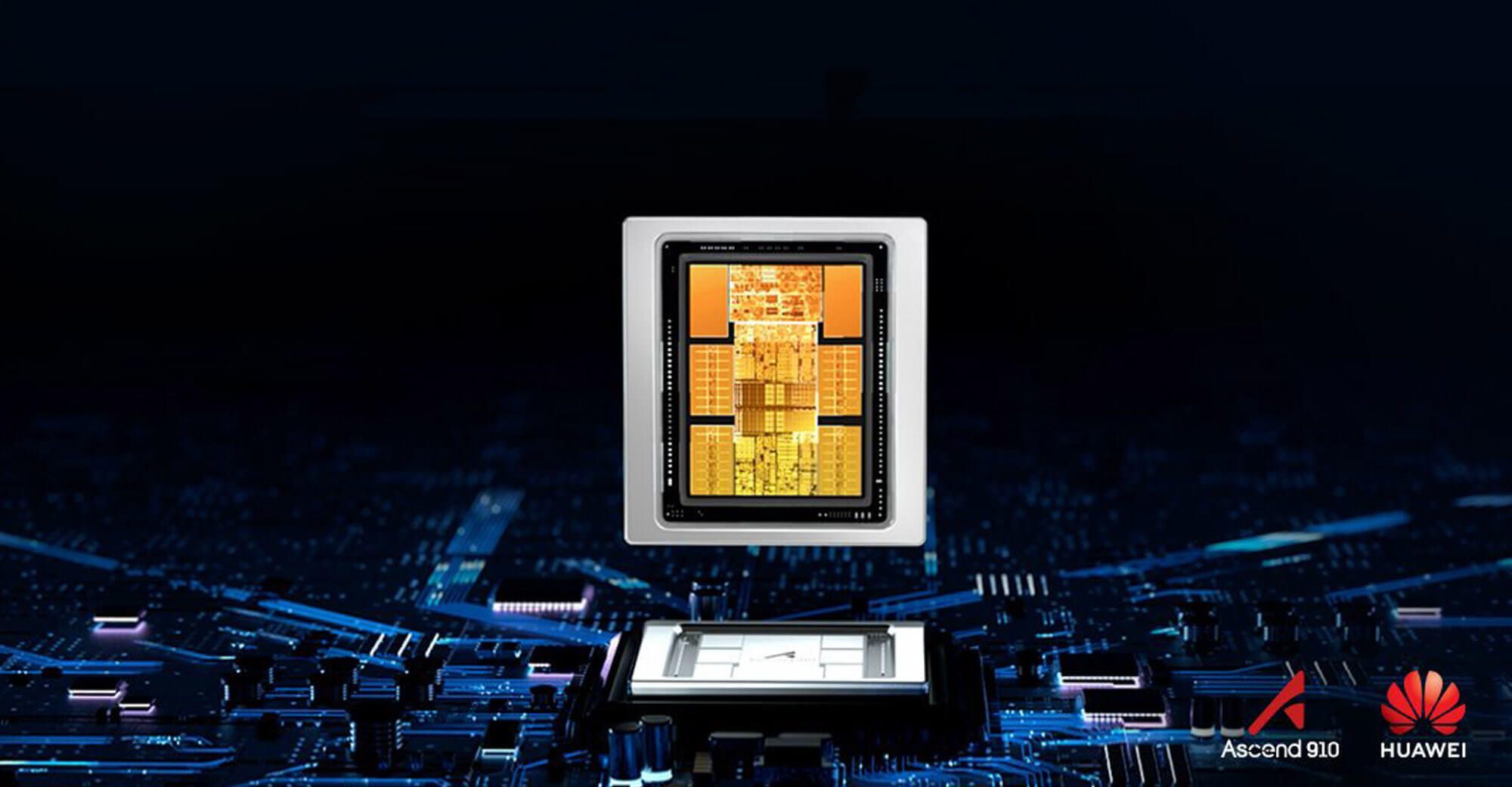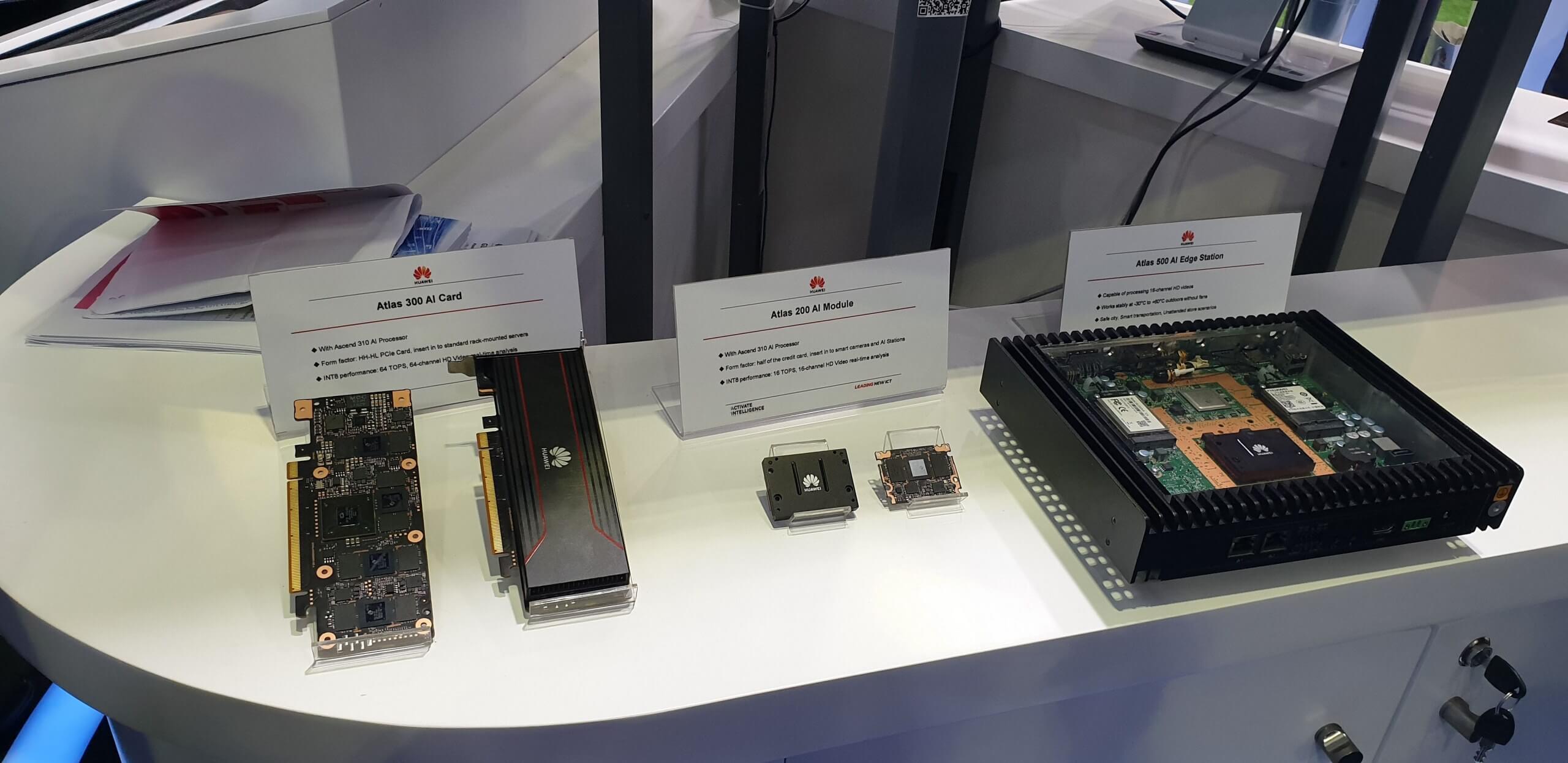Why it matters: While everyone is waiting for Intel to unveil its long-promised Xe discrete GPU, it might be a while before we see it in an actual product. In the meantime, Huawei is reportedly making the finishing touches on a multi-year effort to build the first Chinese discrete GPU for the server and HPC markets.
The GPU market is about to have a new player, and it comes from China. According to a report from a South Korean publication, Huawei is setting up a new division in the country called the Cloud and AI Business Group to take on Nvidia and AMD in the enterprise space.
The Chinese tech giant is said to be readying its first GPUs for a late 2020 release, with its eyes set on the server and supercomputer markets - at least at first. To that end, it has reportedly hired a few former Nvidia engineers, but the company wants to attract most of the needed talent from South Korea, which is where the new division will set up shop.

Normally, you'd think that Huawei would focus solely on its ARM efforts, since this is the area where it has built a considerable amount of intellectual property over the years. It has managed to beat Qualcomm in the race to 7nm, as well as producing the first high-end mobile SoC with integrated 5G capabilities. For enterprise systems, it has built the Kunpeng 920 - a 180W, 64-core, ARM-based server CPU that is currently being evaluated by companies like Tencent for cloud gaming services.
However, there's at least one reason why Huawei might want to expand its horizons - the company has already built several AI accelerator solutions that are able to compete with those of Nvidia. For instance, Huawei's Ascend 910 chip is able to deliver 256 teraflops of half-precision performance, which is two times faster than Nvidia's Tesla V100 solution in certain scenarios.
This is achieved with a comparable power consumption of up to 310 W, thanks in part to the fact that Huawei's Da Vinci microarchitecture is built on a 7nm+ process node. It also uses a chiplet design, which can cut down on overall cost and requires ample expertise on high speed interconnects. And, best of all, it comes with PCIe 4.0, HCCS, and RoCE interface support.

It would make sense for Huawei to move into GPUs for high-performance computing for scenarios that require general-purpose capabilities as opposed to AI chips which are mostly tailored for training neural networks in deep learning applications.
We also know the Chinese government has been fast-tracking a plan to replace all foreign hardware and software from its public infrastructure and institutions in favor of local alternatives by 2022. We recently saw two decent x86 CPUs produced by Zhaoxin, a domestic company with considerable backing from the local government.
It could be a coincidence, but Huawei's GPU efforts might be tied to China's plans for technological independence. The country has been pumping billions into the company's mobile and IoT businesses over the years, so this would be business as usual for the two entities. And, who knows - one day we might even see consumer GPUs from Huawei to go against Nvidia and AMD's offerings. By that point, we should also be able to compare them against Intel's mysterious Xe GPUs.
